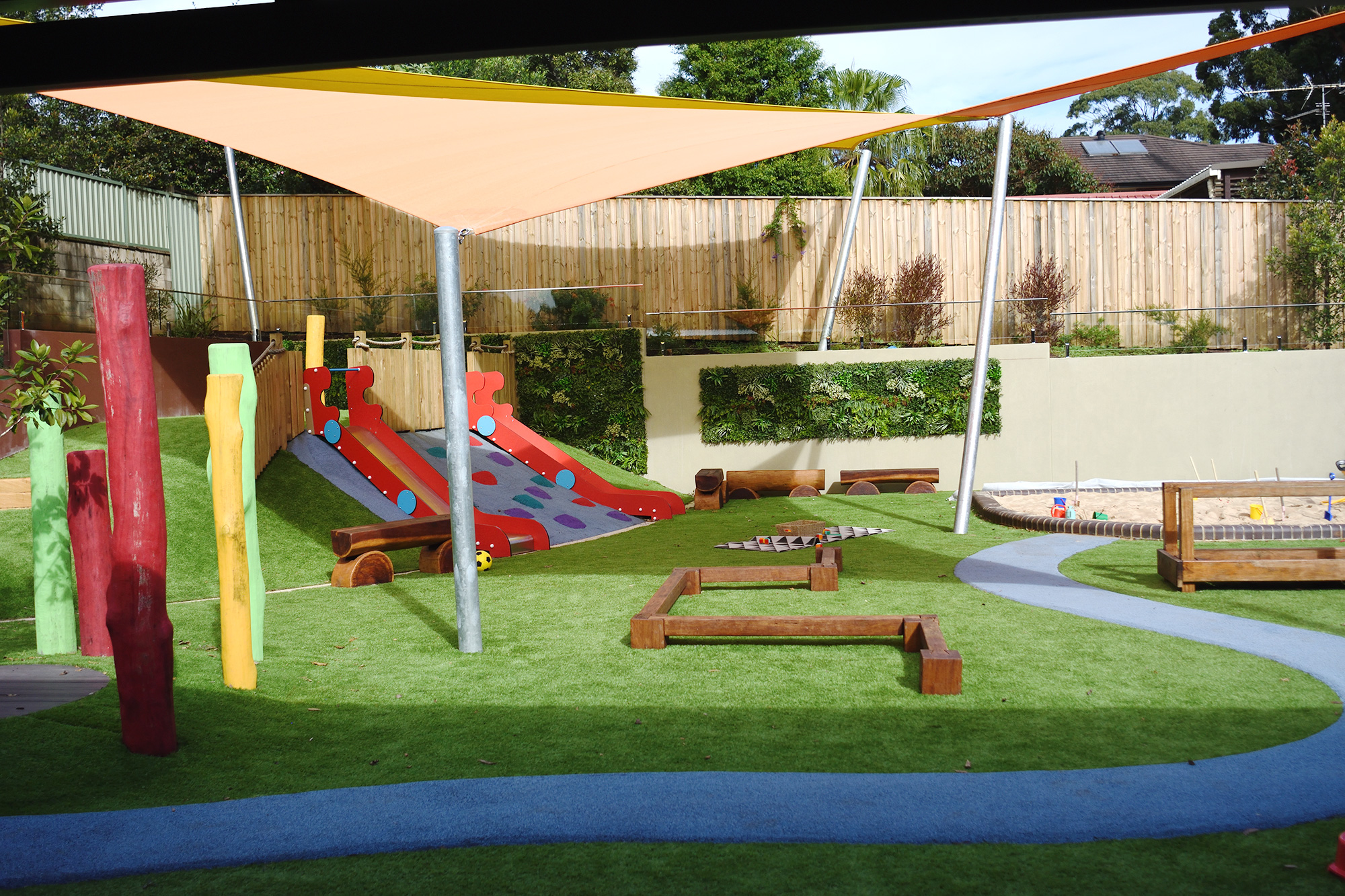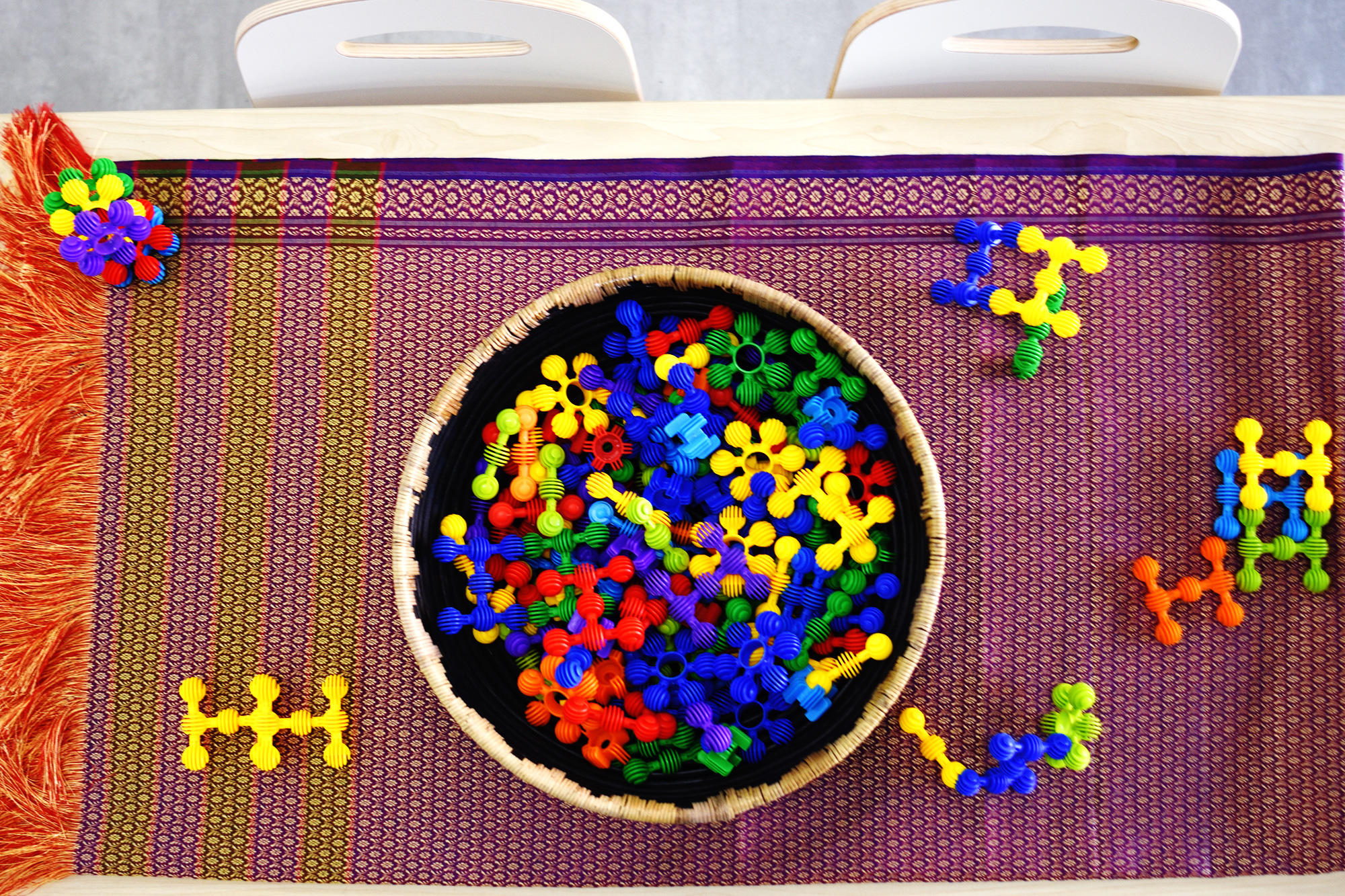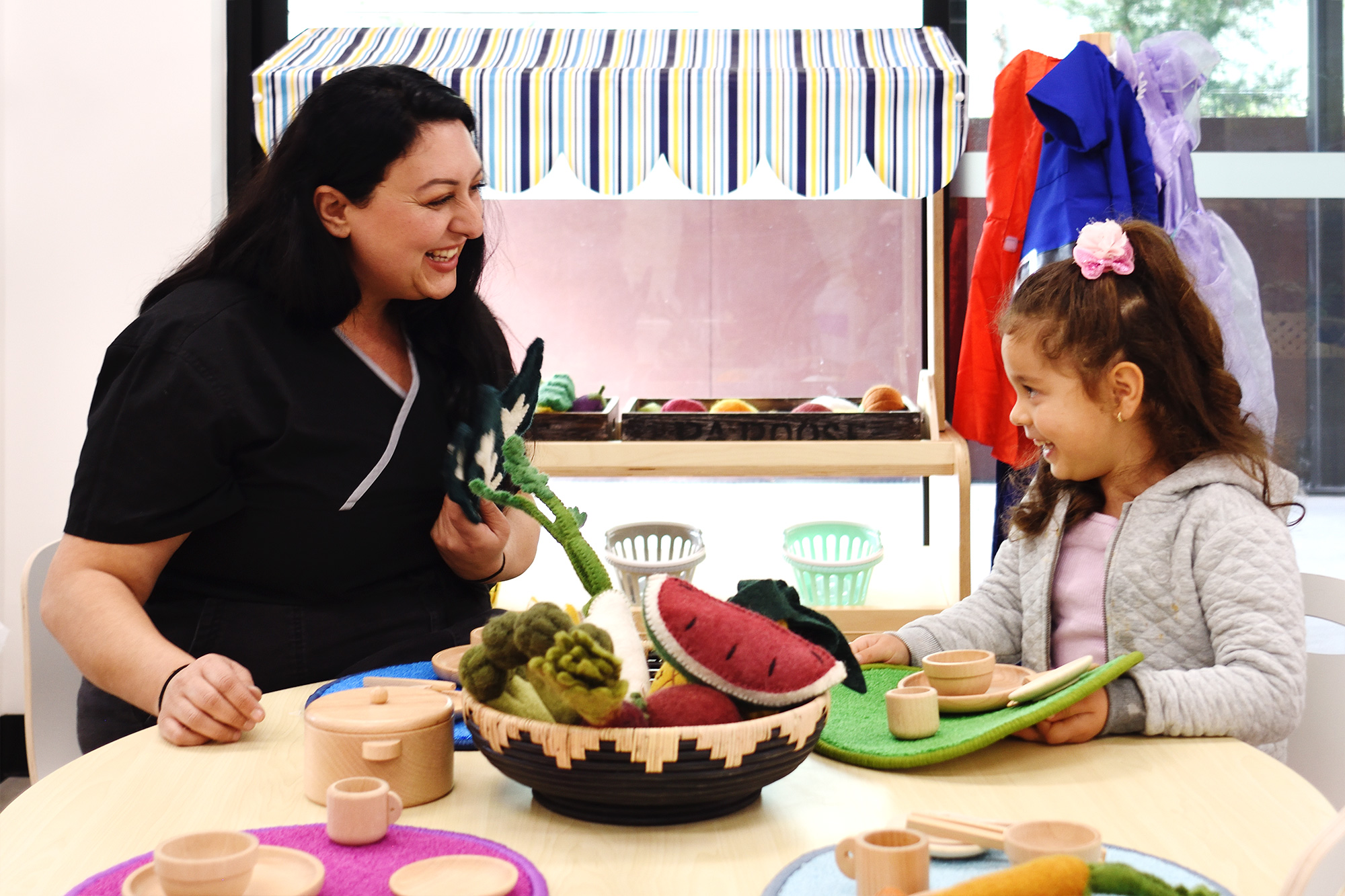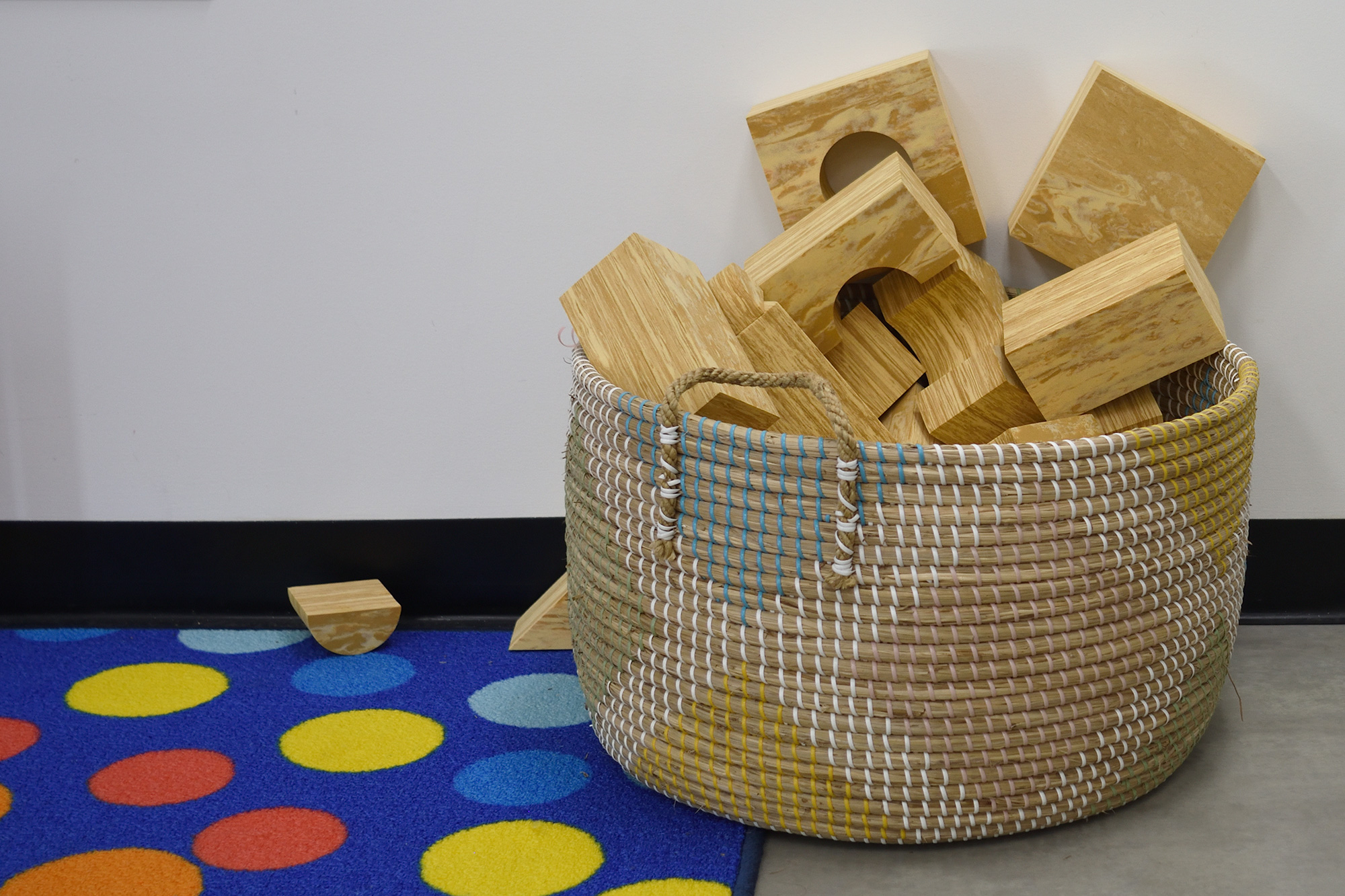Get Moving
Our Get Moving Program is designed to support the developmental growth of children’s physical and gross motor development. Below are games and experiences we implement within our program to support the growth process. Children experience a variety of physical activity programs and below is a list of some activities and the approach we take in implementing them.
Stability Skills Balancing
- Big wooden blocks can be used for stepping and balancing on or jumping off, as they are low to the ground
- Simple yoga, pilates or tai chi exercises can encourage children to balance in a variety of ways
- Create balance challenges using hoops or carpet squares. Ask children to balance inside or outside the object (i.e. half their body inside the object and half outside)
- Hula hoops can be good to practice balancing whilst twisting
- String, streamers, tape, chalk lines or rope can be placed on the floor in different patterns. Children can be encouraged to move along them in a variety of ways. The children can help design the patterns
- Create an obstacle course
- Practice static balance positions, such as:
- Place both hands and feet on the floor with body raised off the ground
- Same position as above but with one leg raised
- Raise one arm off the ground and keep both feet on the floor
- Sit with legs out in front, and hands behind for support
- Sit as previously suggested, but with arms extended outwards (repeat with arms extended upwards)
- Sit with knees bent and arms behind for support
- Sit with knees bent and arms extended outwards
- Sit with both legs and arms off the ground, and arms extended outwards
- Sit with arms behind back, and raise both legs
- Repeat with only one leg raised and the other leg bent with your foot on the ground
- Lie on back using arms for support and raise one leg
- Lie on back, put arms and legs on the floor to make a bridge shape. Do not arch the back
- Help older children explore balance by simply asking them to show you a position, then tell you how they can extend it e.g. raise one leg
Locomotor Skills – Various
- Parachute – use a bed sheet, a large piece of material or a parachute. This can be used to encourage different travelling actions to pass under and around the parachute (e.g. crawling, walking, hopping, galloping)
- Bike paths can also be used for walking and ball games
- Grassed areas allow for running, rolling, crawling or ball games
- Sloped areas are great for rolling or running up and down Walking
- Arrange an outing or excursion to support the children’s current interests or activities
- Create paths for children to walk between. It can be wide or narrow, straight or zig zagged
- Create walking challenges using inclines and declines to strengthen leg muscles
- Kite making and flying – for those windy days. The song ‘Let’s go fly a kite’ is a great one for this provision jumping, leaping and hopping
- Mark out some squares or a Hopscotch game with chalk, masking tape or permanent paint to encourage practice of hopping, jumping and throwing skills
- Hoops, carpet squares and foam square ‘puzzle’ mats are great for children to spread out and create ‘stepping stone’ paths for jumping, hopping and leaping on and off
- A mini trampoline
- Crash mats are good for jumping on
- Sand pit – to encourage children to jump. Why not introduce long jump at your service? You can easily transform the sand pit into a long jumping pit. Have some tape measures or long pieces of string so children can measure their jumps. Children can assist by removing toys and raking the sand • Hurdles, cones and rods can be used for jumping and leaping over – see Table 6
- Place streamers up high to encourage children to jump up and touch or grab them
- Chalk can be used for children to jump up with and mark spots on the wall
- How far can you jump horizontally? How high can you jump vertically? Mark the distances with a tape measure, chalk or masking tape
- Bubbles can be used to encourage children to jump and catch them
Manipulative Skills Target Practice – Catching, Throwing, Kicking
- Have an assortment of balls readily accessible to children-placed either in ball bags or in baskets. There are many different types of balls i.e. plastic, beach, sensory, wobble, foam or stress balls
- Have a basketball hoop with a variety of balls (starting with soft) to practice throwing and ‘shooting’ goals
- Set-up a soccer goal net or witches hats to encourage children to practice target kicking
- Draw or fix targets to outside walls for children to practice target throws
- Lawn bowls: use several balls of a similar size and a larger ball as the target (or an empty plastic milk container half filled with sand). Mark the ground where players can roll from, and place the target a distance away. Each player rolls a ball using an underarm movement and attempts to get as close as possible to the target
- Skittles: use plastic bowling pins or 2 litre plastic milk bottles half-filled with sand as the skittles. Each player rolls a ball underarm to see how many skittles they can knock over
- Tic Tac Toe – this game is similar to noughts and crosses but uses Velcro bean bags. The board (bought or home-made) has the hooks of the Velcro, and the bean bags have the Velcro eye. When thrown, the bean bags will stick to the board. To win the game, children will have to get three of the same bean bags in a row Striking
- Totem tennis – this equipment can be purchased from most variety or sporting stores. You can also create your own totem tennis by attaching a rope between two pieces of equipment and hanging stocking balls from this. Add a few bats and you have achieved the same result at a fraction of the cost
- Traffic cones make good tee-off points from which children can strike balls with paddles or bats
- Use a soft ball in a stocking. Tie it safely to a tree or somewhere else for children to practice hitting the ball with their hands or using soft bats
- Croquet – have balls, croquet targets and wooden hammers to play this game. The children can hit the ball through the small croquet tunnel Catching
- Scoops or catching devices (for balls) can be made from household items such as plastic milk containers
- Small, light scarves can be thrown up into the air and caught using hands or other parts of the body. Scarves also make great tails for tail tag! Children can work individually or in pairs.
Demonstrate The Movements And Ask Children To Copy The Following Actions With Their Scarves:
- Move scarf to different places – above their head, below knees and behind them; windscreen wiper; helicopters; propellers; wheels; air snakes; floor snakes; butterflies; zingers and also make spirals from left to right and right to left
- Beach volleyball – put up a net across the playground or sand pit (if sand pit size supports this). Use a lightweight ball (eg. beach ball) and hit the ball across the net. Staff can play too!
- Hit or throw balloons up and catch them
- Make some crazy balloons – get two balloons, fill one with water and place inside the other. This makes the balloon unpredictable and is great fun. Sometimes the balloons do burst so it is best to do this one outside on warm days!
- Frisbees – while the hard plastic Frisbees may be too dangerous for most playgrounds, there is a new design made from parachute silk which are much softer but still fly through the air





